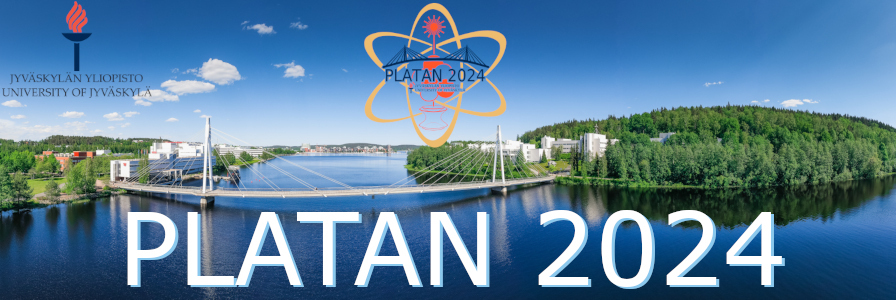Speaker
Description
How does the size and deformation of the silver nucleus evolve as a function of neutron number as one moves between two exotic neutron shell closures, N=50 and N=82, and can modern nuclear theoretical methods accurately predict the trends? To address this question, experiments in recent years have been performed at the IGISOL facility using collinear laser spectroscopy [1] and in-source spectroscopy [2], while at the ISOLDE facility, CERN, the CRIS experiment was used to provide complementary information and to extend the study to additional isotopes on either side of the valley of stability.
In addition to the charge radius, magnetic dipole moments provide sensitive information on the purity of the nuclear wavefunction, serving as an additional stringent test for theoretical calculations. In a wider perspective, with atomic number Z = 47, the silver isotopes are located between the magic (Z = 50) tin isotopes and the strongly-deformed region around and below Z = 45.
This contribution will provide a comprehensive picture of the evolution of deformation in this region of the nuclear chart by presenting the evolution of the nuclear charge radius and the nuclear electromagnetic dipole and quadrupole moments of exotic silver isotopes. A summary of the measurements using the different techniques will be highlighted.
[1] R.P. de Groote et al., Phys. Lett. B 848 (2024) 138352.
[2] M. Reponen et al., Nature Comm. 12 (2021) 4596.

